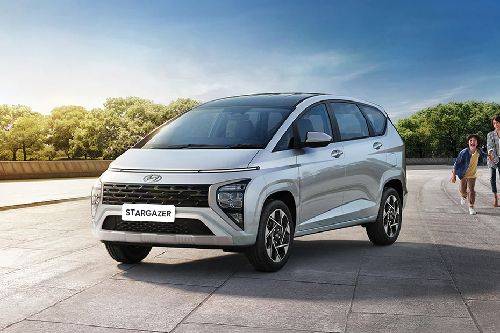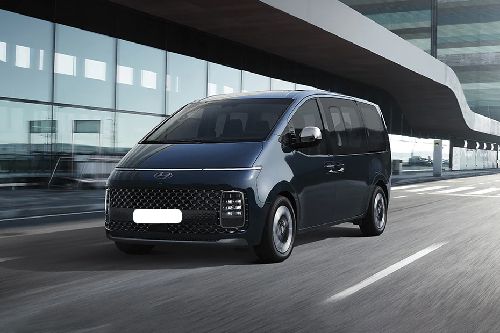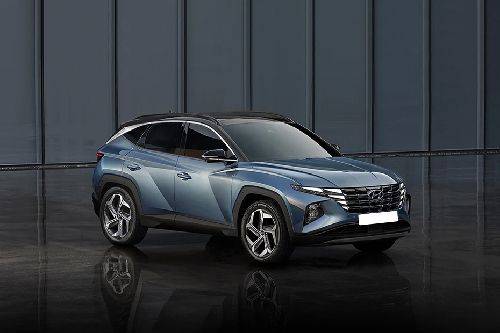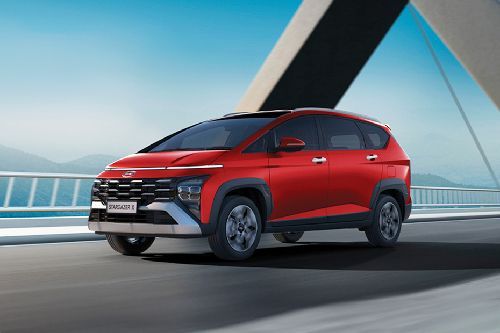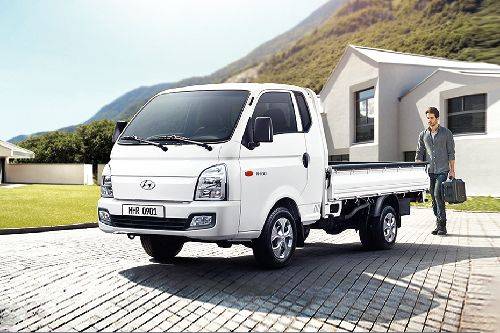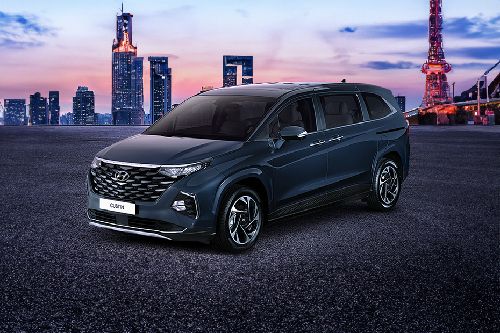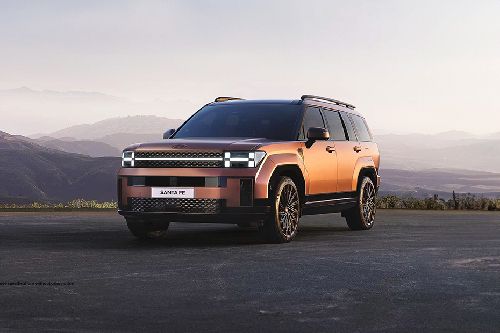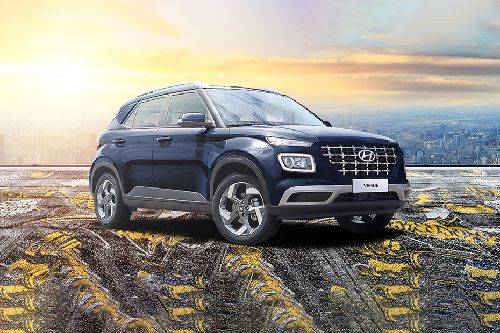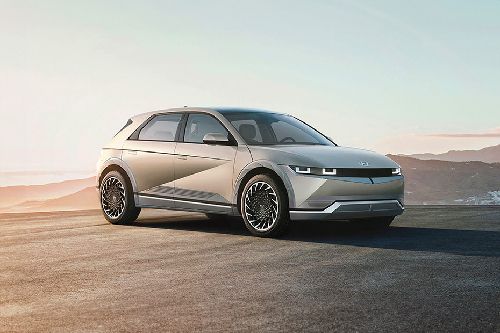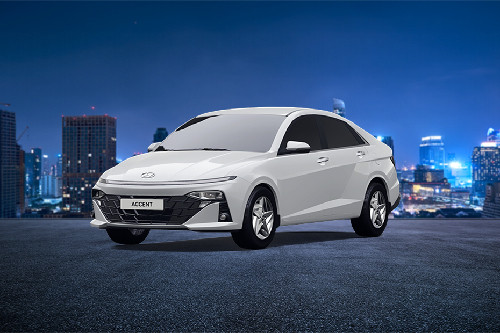Innovative heat pump system to extend range of Hyundai, Kia EVs

MANILA: Kia Motors Corporation and Hyundai Motor Company have revealed new information regarding their advanced heat pump system. This was deployed in the global electric vehicle (EV) lineup of Kia and Hyundai to optimize driving range even in extreme temperatures.
The heat pump of Kia and Hyundai is a revolutionary breakthrough in heat management, ultimately extending the distance that Kia and Hyundai EVs can go on a single charge. It also helps EV drivers to provide heat for the cabin of their car during cold weather without greatly affecting its electric driving range.

The heat pump system was first launched in 2014 on the first-generation Kia Soul EV. The heat pump, which consists of a condenser, evaporator, and a compressor, absorbs waste heat released from the electrical components of the vehicle.
The system utilizes the heat that these components generate for refrigerant vaporization from liquid to gas. High-pressure gas is released from the compressor, forcing into a condenser for its conversion back into liquid form. This process produces more heat energy, which the heat pump recovers to provide warmth to the cabin.
This technology has currently been developed for the new EVs from Kia and Hyundai. Such advancements mean that Kia and Hyundai EVs provide a more reliable temperature range where other EVs begin to observe a marked decline in terms of the distance from a single charge.
Through the recycling of excess waste heat not just from power electrics (PE) modules like inverters, on-board chargers, and drive motors, but also from the slow charger and battery pack, the heat pump system also sequesters substantially more energy.

The harvested energy enhances heating, ventilation, and air conditioning (HVAC) system efficiency, recycling it for the reduction of battery power consumption. Through a decrease in the load on the battery, the heat pump lessens energy consumption from the HVAC system which, in turn, optimizes the available electric driving range of the vehicle.
A water-cooling system for the Kia and Hyundai EV battery packs, instead of conventional air cooling, have produced further improvements in range without elevating physical dimensions. This innovation means that the battery cells in Kia and Hyundai EVs can be packed more securely. Since water-cooling channels will occupy less space compared to air-cooling channels, this improves the battery density by up to 35%.
This development also means that the latest EVs from Kia and Hyundai provide about twice as much battery capacity and driving range than their first-generation EVs.
Kia and Hyundai will continuously develop and enhance the heat pump system and other breakthroughs in heat management, with such technologies currently marking the development of next-generation EVs from every brand.

In line with its “Strategy 2025” plan, Hyundai Motor has a goal of selling 670,000 battery FCEVs (fuel cell electric vehicles) and EVs yearly and be recognized as one of the three leading EV manufacturers by 2025.
As for Kia, its mid- to long-term approach, referred to as the “Plan S”, aims for the line-up of the brand to increase to 11 EVs over the same period as that of Hyundai.
Photos from Hyundai
Also read: Kia PH extends sales promo on select vehicles, Hyundai launches BIYAHEnihan for Southern Luzon medical frontliners
Sell your car at the best price
 Verified and genuine buyers
Verified and genuine buyers
Hyundai Car Models
Trending & Fresh Updates
- Latest
- Popular
You might also be interested in
- News
- Featured Stories
Hyundai Featured Cars
- Latest
- Upcoming
- Popular
Latest Hyundai Car Videos on Zigwheels

Hyundai Car Articles From Carmudi
- journal
- financing
- insurance

